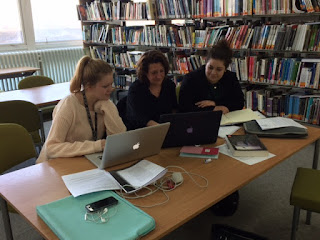Inside Job [2010]
This documentary presents a complete breakdown of the global financial crisis of 2008. This event caused millions of people to lose their jobs and homes during the worst recession since the Great Depression. This nearly resulted in a global financial collapse. Through intensive research and interviews with important financial insiders, the film follows the rise of the industry which has corrupted industries such as politics and more.
Ferguson directed this documentary while also writing it alongside Chad Beck. The well-known actor Matt Damon narrates it.
This piece of work is quite interesting as he interviews a lot of different people, meaning that there are quite a few different personalities being shown on the screen. The whole documentary itself is more of a debate between the interviewer and the interviewee as he questions there answers to keep the conversation going.
No End in Sight [2007]
This documentary is a look into the problems in Iraq, in order of time, mainly about the decisions made in 2003. It also looks into the backgrounds oft those decisions being made. This immediately follows the end of Saddam. In this documentary he interviews many different people who were involved like reporters, soldiers, military brass and former Bush-administration officials.
This piece of work is quite interesting as he shows the problems America faced around that time with the president and the situation. It makes you feel sorry for the people that are being interviewed as the tone they are being portrayed in is quite a sad one.
Time to Choose [2015]
This documentary looks into the worldwide climate change challenge and solutions. It leaves the audience understanding what is wrong and also what can be done to fix this problem. He interviews many different people involved such as innovators, leaders and individuals living on the front lines of climate change.
This piece of work is quite dark and quick paced, but it's interesting as it explores the problems in away that you feel sorry for the people involved while also wanting to change the world. It's quite a dark piece, but it quickly changes to something positive and calm to change the audiences' perspective of the problem.
Ferguson's Style
- Uses archive footage from the TV.
- Factual.
- Sat down interviews.
- You can hear the questions that are being asked, but you can't see the person asking them.
- It's more like a debate or an argument.
- To create some conflict and interest for the audience.
- Interviews a large amount of people.
- To get a lot of different opinions.
In our documentary we will be using quite a lot of archive pictures from the farm to show the history of it, and to inform the audience how long the farm has been run.






















